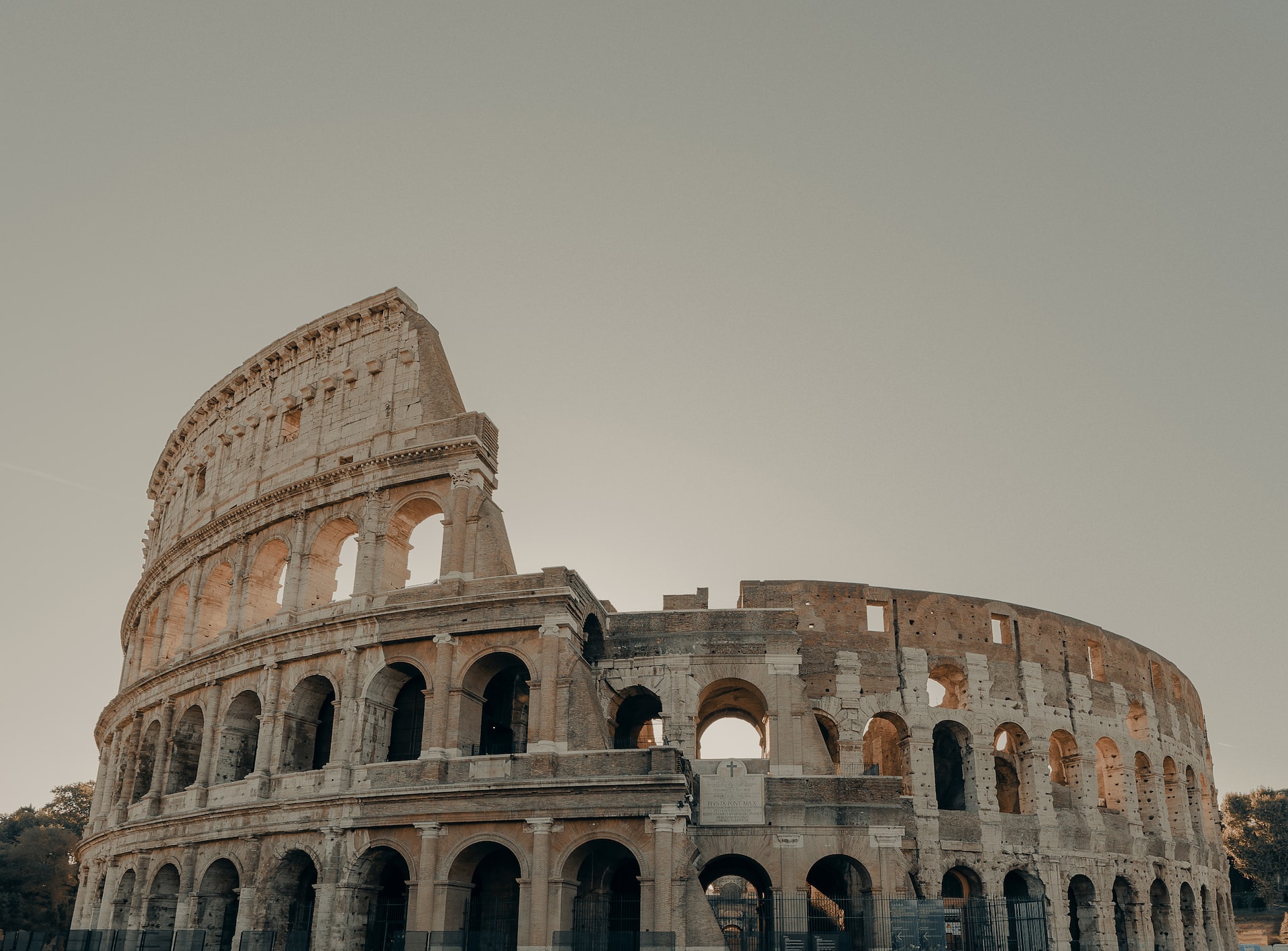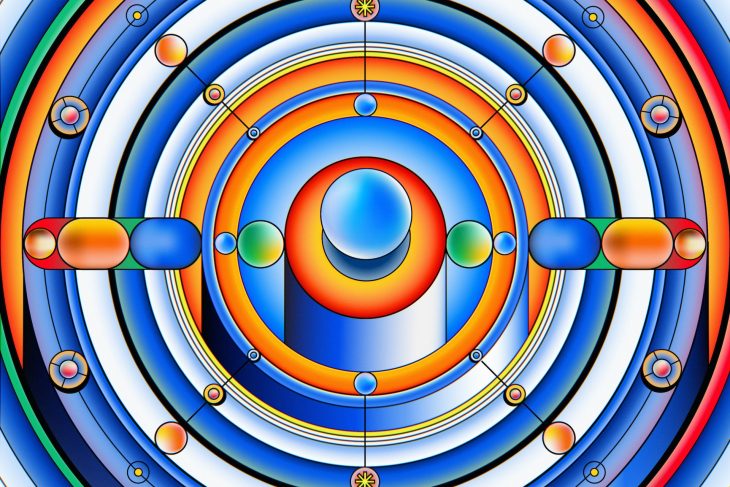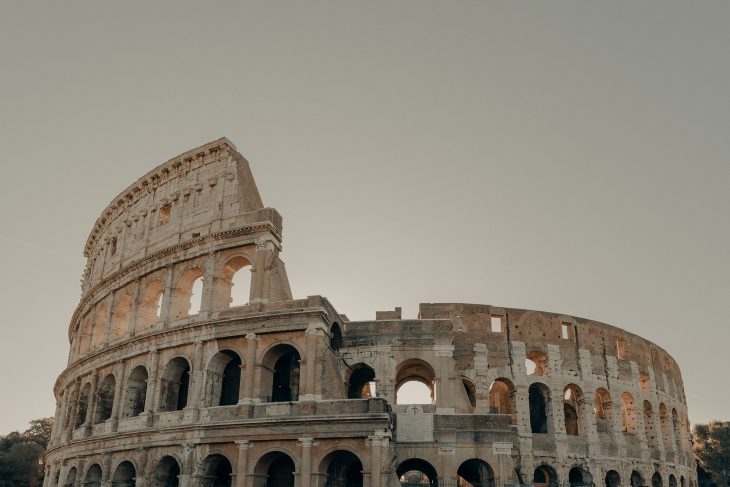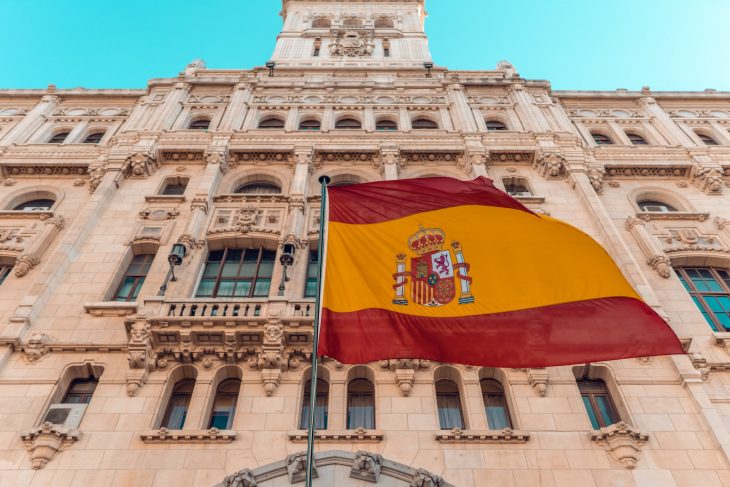
The History of the Italian Language is a fascinating look into the development of one of Europe’s most popular Romance languages. With its origins in Latin, Italian has evolved and spread over the centuries to become one of the world’s most widely spoken languages. From its beginnings as a regional dialect, it has grown to become an international language used by millions of people around the world. This brief will look at the evolution of Italian and explore its rich history.
An Introduction to the Fascinating History of the Italian Language
The Italian language is one of the Romance languages, meaning it shares much in common with other Latin-based tongues from around the world. It has a long and fascinating history that has helped to shape its current form. From its roots in Latin, through to its adoption by writers of poetry and literature during the Renaissance period and beyond, Italian has evolved over the centuries to become a language spoken by millions of people today.
The earliest written examples of Italian are found in the works of poets and writers from around the 13th century. The Tuscan dialect was particularly influential, with Dante Alighieri’s Divine Comedy widely credited as one of the first major works to use Italian as its primary language. During the Renaissance, authors such as Boccaccio and Petrarch also wrote in Italian as opposed to Latin, further helping to popularise and spread its use.
Italy’s unification in 1861 was a major milestone in the development of the Italian language – it led to standardised spelling and grammar rules being set out in order to create a unified version of the language. This has helped the Italian language stay relatively consistent over the years, and it remains one of the main tongues spoken in Italy today.
Italian is also now used in many other countries around the world, with millions of people speaking it as their first language outside of Italy. It is particularly popular in countries with large Italian expat communities, such as Argentina, Canada and the United States. It is also spoken across parts of Europe including Switzerland and Croatia, as well as in some African countries like Libya.
As one of the major Romance languages, Italian has strong ties to Latin and French, which makes it a great choice for those interested in learning a language with a rich history and culture behind it. It is also an incredibly expressive and melodic language, so whether you are learning it as part of your school curriculum or simply for the joy of being able to communicate in another language, Italian promises to be an enriching experience.
Exploring Italy’s Impact on Language Development Throughout History
Italy has played an important role in the development of language throughout history. Tracing its impact helps us understand how languages have changed over time and why certain words or phrases are used today.
The Italian peninsula has been home to various civilizations since ancient times. This includes the Etruscans, the Romans, and more recently, the Italian Renaissance and the Unification of Italy in 1861. Each period brought its own influence on language development.
The Etruscans are thought to be among the first people to speak an Indo-European language, which served as the foundation for modern Romance languages including Spanish, French, and of course, certified italian translation services. This was an early example of how language can be spread across cultures and regions.
The Romans were one of the most powerful civilizations to ever exist in Europe and their influence on language was immense. Latin, the official language of Rome, impacted many other languages including Spanish, French, Romanian and Portuguese. Even today, many words used in English are derived from Latin roots.
Tracing the Roots: A Look at the Evolution of Italian Through Time
Italian is a Romance language, with its roots originating from Latin. It is the fourth most spoken language in Europe and fifth most spoken language worldwide. The evolution of Italian can be divided into four main periods: Old Italian (9th to 14th century), Middle Italian (14th to 16th century), Early Modern Italian (16th to 19th century), and Modern Italian (19th century to present).
The Old Italian period saw the development of various dialects spoken throughout Italy. This was a result of the cultural interactions between different regions, as well as political influences such as the formation of city-states in Northern Italy. During this time, Latin underwent several developments that included the loss of inflections, vowel shifts, and the regularization of syntax. These developments were also seen in the language spoken during this period.
The Middle Italian period saw the emergence of Tuscan dialects as a lingua franca throughout Italy. This was largely due to the political power wielded by Florence at the time, which allowed for the Tuscan dialect to gain more popularity. During this period, the language underwent further developments that included greater simplification of its syntax and an increased use of loanwords from other languages such as French, Spanish, and Greek.
The Early Modern Italian period saw a continuation of the gradual simplification process, as well as the standardization of the Tuscan dialect as the official language of Italy. This period also saw a great number of loanwords from other languages, particularly French and Spanish.
Finally, the Modern Italian period saw the standardization of Italian into its current form. The use of regional dialects decreased significantly, although there are still some areas where they are spoken today.





